Nio subsidiary Firefly launches debut electric car in China
Initial data on the Firefly EV was already known thanks to the application for approval from the Chinese authorities. Now Nio is also publicising prices and plans for global expansion with the model. The first model of the Firefly brand will be available in China with immediate effect at an entry-level price of 119,800 yuan, which is equivalent to around 14,200 euros. In a technically similar but more comfortable configuration, the vehicle costs from 125,800 yuan (around 14,990 euros). In both cases, the battery is included in the purchase. The option of buying the Firefly EV without a battery and renting it (BAAS option) will be available in China from 1 August. It will then have an even more favourable starting price.
The European launch of Firefly is also scheduled to take place between June and August. By the end of 2025, Firefly aims to be represented in around 20 overseas markets, with the right-hand drive version due to be completed by October.
The Nio sub-brand will kick off with the Firefly EV small car, a 4.0 x 1.78 x 1.56 metre electric car for the mass market. The wheelbase is specified at 2.62 metres. This means that there will be a number of models in the four-metre class in Europe in the future. The Citroen e-C3 is 4.01 metres long, the Renault 5 Electric is 3.90 metres long and the VW ID.2all concept came in at 4.05 metres.

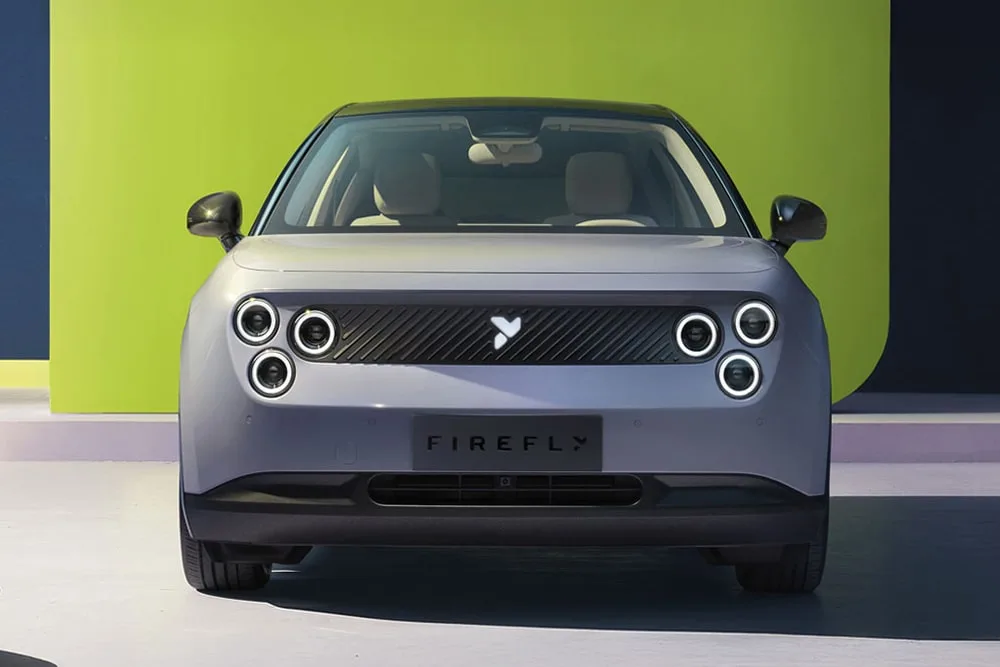
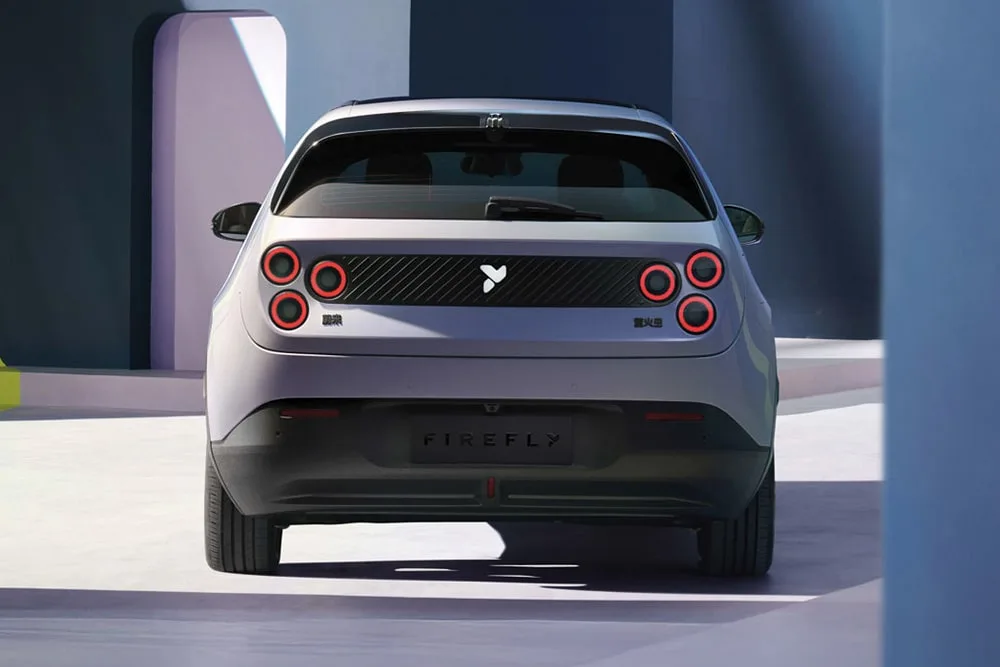
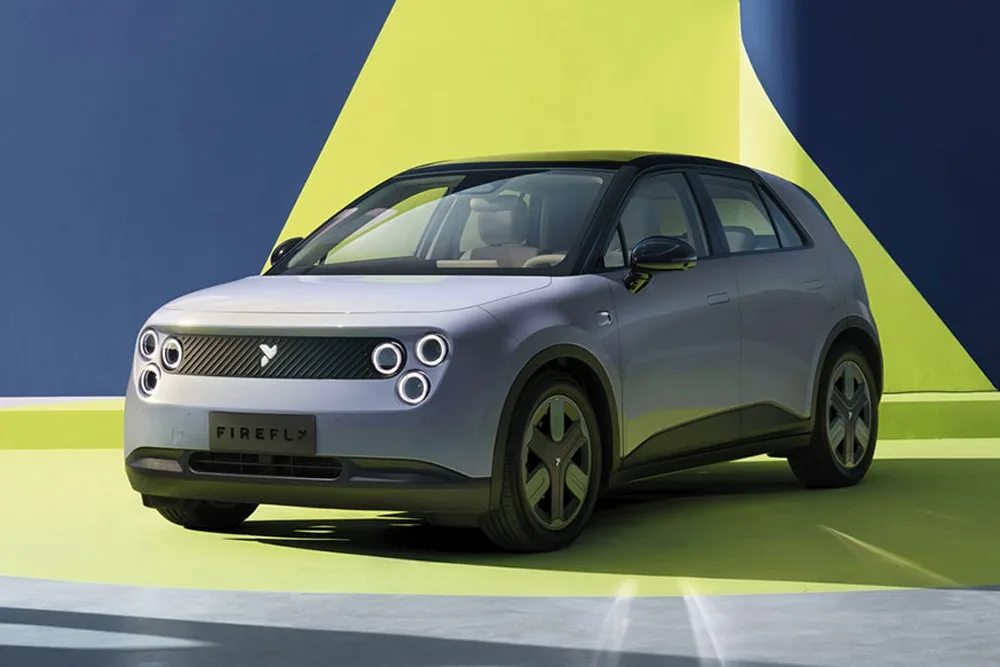
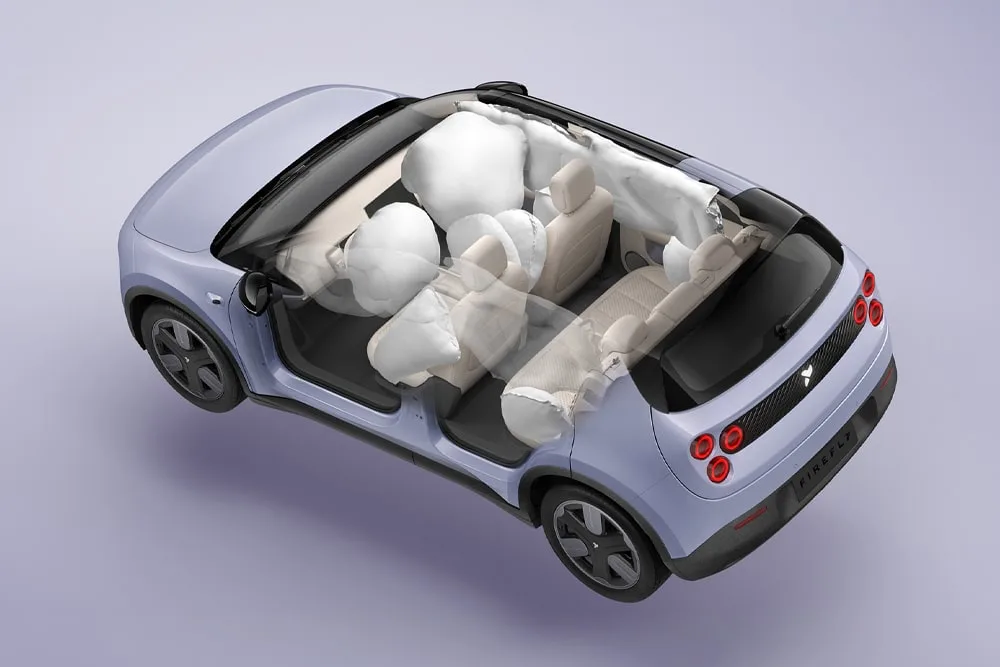
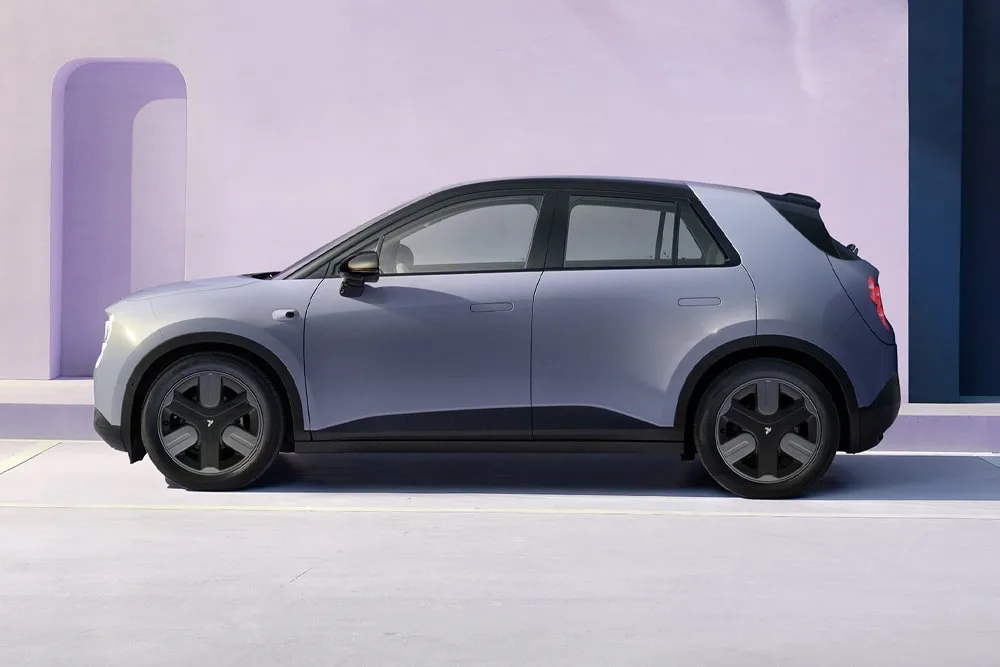
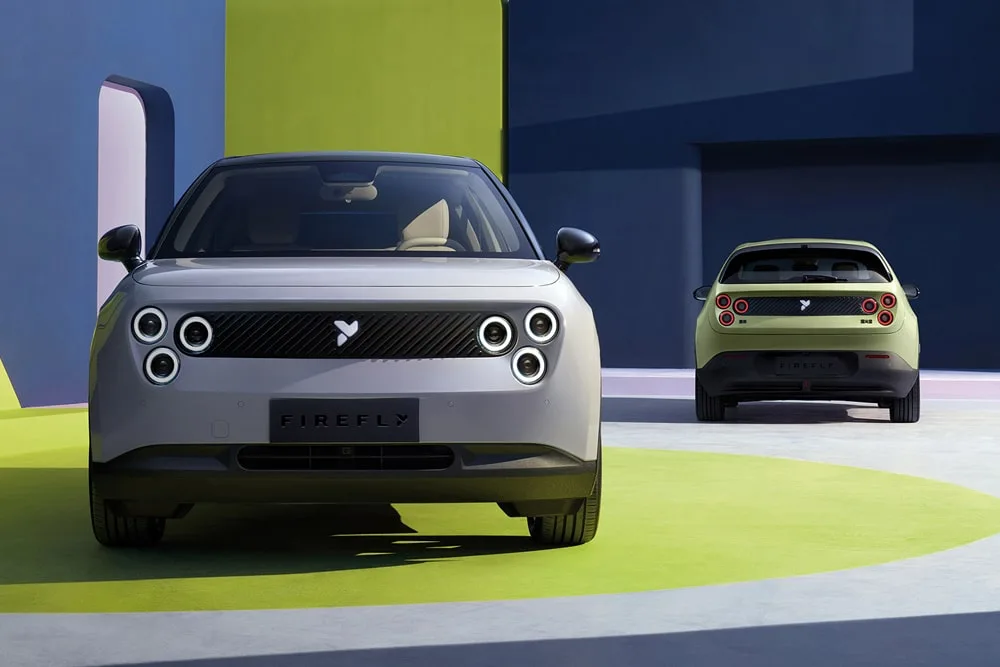
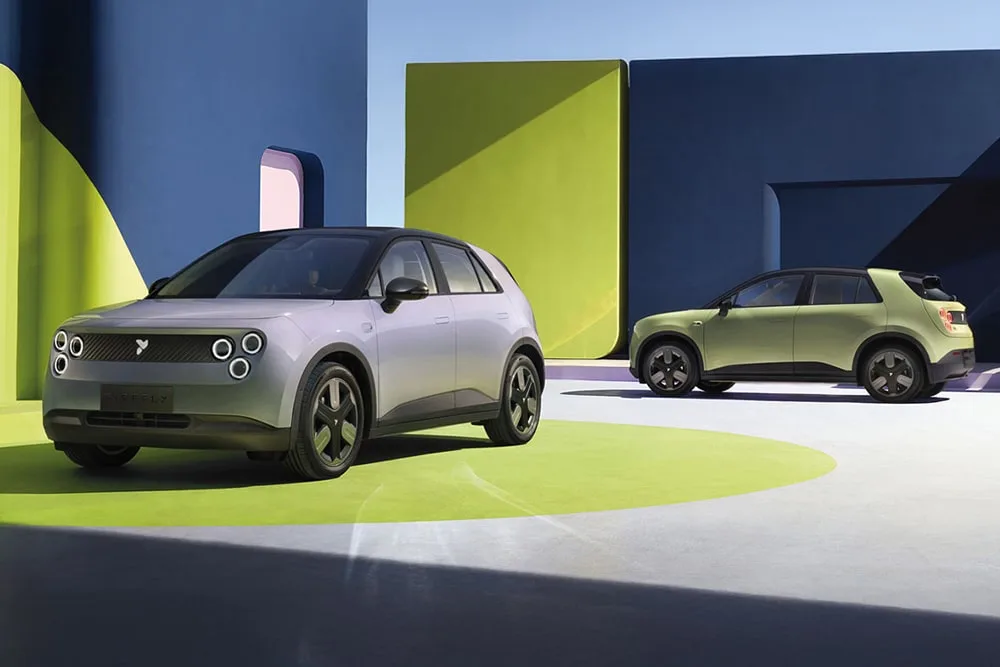
The small car is powered by an electric motor with 105 kW and 200 Nm, which is manufactured by Nio itself (or its subsidiary XPT). This should enable a top speed of 150 km/h. The kerb weight is stated as 1,492 kilograms – of which 314 kg is accounted for by the battery. Speaking of which, the battery from manufacturer Sunwoda is an LFP battery with an energy content of 42.1 kWh and should enable a range of 420 kilometres according to CLTC.
It is also interesting to note that Sundwoda was not previously one of Nio’s suppliers, so Nio has brought a new partner on board for Firefly. The batteries for the vehicles from Nio and the mid-range brand Onvo, which both use the same battery exchange system, come from CATL, BYD or CALB, depending on the type of battery.
Nio also states a turning radius of 4.7 metres for the small car. The boot is said to have a capacity of 92 litres. As a special feature in this class, Nio emphasises the Lumo voice assistant available for the Firefly.
Nio unveiled the Firefly brand and the debut model of the same name at Nio Day 2024 in December. Since then, the design of the vehicle, which is sometimes referred to as the Firefly EV to distinguish it from the brand (although the brand and model are officially called exactly the same), has been roughly known. Firefly is the third brand after Onvo and the core brand Nio and was originally intended to be launched on the European market first. However, the higher customs duties prompted the company to change its strategy.
And Nio has apparently also changed its plans with a view to its change station roadmap. According to earlier information, Firefly was actually supposed to have its own network of battery swap stations, as Firefly’s electric cars cannot use Nio’s existing power swap stations. However, Chinese portals are now reporting, with reference to the company, that contrary to these earlier plans, Firefly will not be setting up its own battery swap stations. It is said that this is not worthwhile for a single model. Nio’s fifth-generation battery exchange stations, which are due to go into operation from the beginning of 2026, will therefore also support Firefly vehicles in addition to the Nio and Onvo brands.
It has also been announced that Firefly will have a joint sales channel with the Nio brand. The Onvo brand is more independent in this respect: it has its own sales channel.
cnevpost.com, carnewschina.com, cnevpost.com (launch in Europe), cnevpost.com (swapping stations)

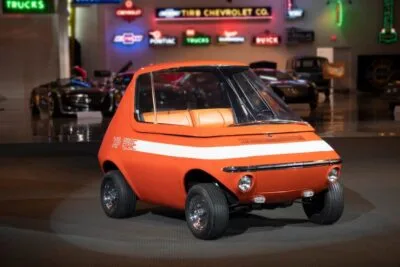
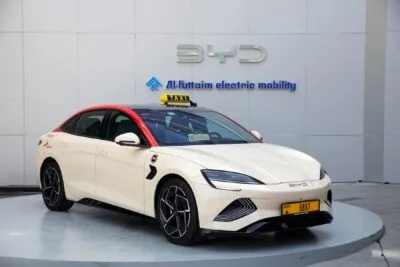
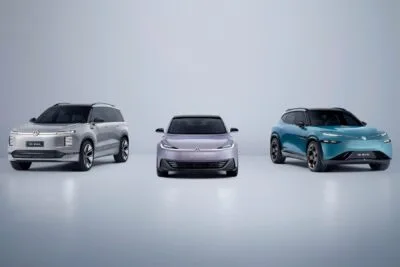
0 Comments